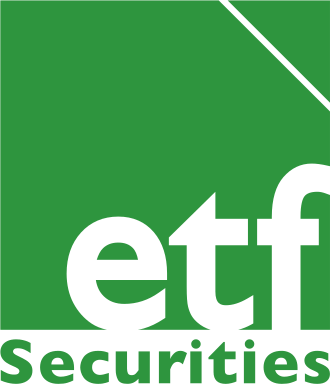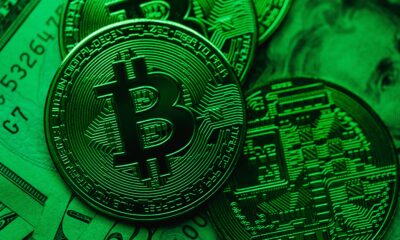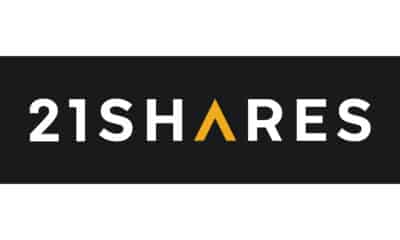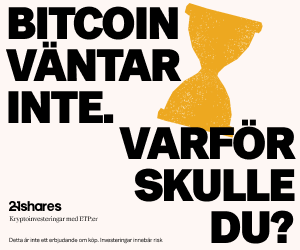ETF Securities Currency Research – Investors need to know about currency volatility
Summary
- Investing internationally requires more careful analysis, with currency risks adding to potential investment pitfalls.
- Currency returns have recently demonstrated that they can overwhelm movements in foreign assets both on the upside and downside.
- Current macro trends should see FX volatility persist in 2016 keeping currency hedging high on the agenda for international investors.
Download the complete report (.pdf)
Currencies impact investors
Investing should be a conscious decision by individuals. However, there is a critical part of the investment decision that many investors in foreign assets are not taking into account: currency movements. Most investors trade currencies, but often it is not an active decision. Regardless of the asset class, if an investor is purchasing offshore assets, a currency transaction is being entered into and if this is not taken into account, risk is being understated.
Any offshore investment involves a currency position, unless it is offset by hedging. Whether it is US or emerging market equities, commodities or bonds, any investment that is a denominated in a foreign currency for the investor will involve a currency exposure. It is important for investors to be fully aware of the currency exposures within their portfolio, as it can have a significant impact on investment returns.
As seen in the following chart, the currency component of US equity returns has been significant and varied. The example highlights the returns from a US equity portfolio in 2015, from the perspective of a UK investor. An investment in the MSCI US index would have returned nearly 5% over the course of 2015, largely due to favourable currency movements. The US Dollar strengthened nearly 6% against the British Pound in 2015, offsetting the -0.75% decline in the underlying US equity benchmark.
Although overall the currency movements in GBP/USD and EUR/USD have been favourable, because of the broad based strength in the US Dollar in 2015, there has been significant volatility of currency returns on a month to month basis. This volatility and the resulting magnitude of movements in the currency markets have made the topic of currency hedging a key investment theme of 2015.
(Click to enlarge)
Peak US Dollar and hedging
The Fed’s rhetoric indicates that the central bank is likely to continue its gradual rate hike path in 2016. The market continues to discount the appetite for the Fed to raise rates, expecting just one rate hike by year-end. In turn, near-term strength could turn into longer-term weakness for the dollar.
(Click to enlarge)
Indeed, if, as we believe, the USD peaks by end-Q1 2016, investors will need to be closely attuned to the level of currency volatility and the potential for a falling USD to have an adverse impact on portfolio returns. Our expectation for a USD peak in coming months suggests investors in foreign assets should look to hedge foreign currency (particularly USD exposures).
Volatility to continue to impact returns
While currency volatility has softened in early 2016, it remains elevated from a historical perspective. During the remainder of 2016 a number of factors look set to keep FX markets unsettled. Thus, international asset managers need to remain conscious of inherent currency risks they may assume through offshore assets, because currency movements are rarely neutral.
(Click to enlarge)
Commodity feedback loop for FX volatility
As an asset class, commodities are unique for non-US investors: the investable universe is denominated in US Dollars and therefore should be considered by any non-USD denominated investors as a foreign asset with inherent currency risk. The majority of commodity investors situated outside of the US are therefore directly exposed to currency fluctuations. Unless a commodity investment is hedged, movements in the exchange rate between the US Dollar and the investor’s own domestic currency, directly impact the returns from commodity investments. For example, in 2015 the price of gold fell by 10.5%, but for European investors this loss was limited to 0.3%, due to the 10.2% appreciation of the US Dollar against the Euro over the same period.
(Click to enlarge)
While currency movements can impact commodity returns, the two asset classes also have other linkages. The highly publicised slump in commodity prices has been a contributing factor to the current elevated level of currency volatility and looks set to remain a catalyst for further currency gyrations in the year ahead.
Commodity prices can impact currencies through inflation dynamics. In particular, the current low price of energy is depressing inflation expectations and is making the future path of global monetary policy less predictable. Central bank activism has been a key driver of currency market movements and the prospect of increasingly uncertain monetary policy is likely to keep currency volatility raised.
(Click to enlarge)
In addition, falling commodity prices have damaged the terms of trade for commodity exporters globally and the impact is unlikely to be short-lived. Reduced investment and job losses in resource sectors worldwide will continue to filter through to economic performance throughout 2016 and create instability for currencies underpinning exporting nations.
EM and the demand for safe-havens
(Click to enlarge)
Uncertainty surrounding China and lapses in confidence can cause sharp appreciation of currencies that are traditionally considered a safe haven, such as the CHF and JPY. Investors with exposure to safe haven currencies or EM currencies directly should be aware of the effects that a short term crisis of confidence can have on these currency markets.
These factors have potential to maintain currency volatility at elevated levels throughout 2016 and should give investors pause for thought regarding the source of investment returns for foreign assets in the year to come.
For more information contact
ETF Securities Research team
ETF Securities (UK) Limited
T +44 (0) 207 448 4336
E info@etfsecurities.com
Important Information
General
This communication has been provided by ETF Securities (UK) Limited (”ETFS UK”) which is authorised and regulated by the United Kingdom Financial Conduct Authority.
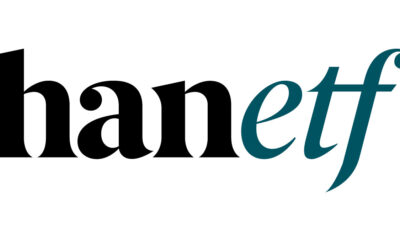
 Nyheter4 veckor sedan
Nyheter4 veckor sedan
 Nyheter4 veckor sedan
Nyheter4 veckor sedan
 Nyheter3 veckor sedan
Nyheter3 veckor sedan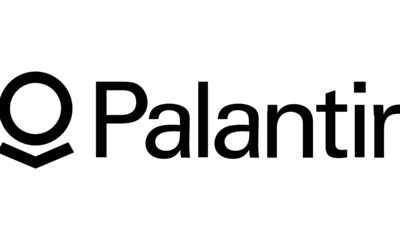
 Nyheter4 veckor sedan
Nyheter4 veckor sedan
 Nyheter4 veckor sedan
Nyheter4 veckor sedan
 Nyheter4 veckor sedan
Nyheter4 veckor sedan
 Nyheter2 veckor sedan
Nyheter2 veckor sedan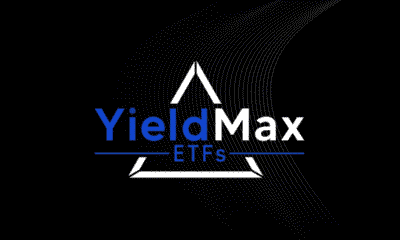
 Nyheter3 veckor sedan
Nyheter3 veckor sedan
